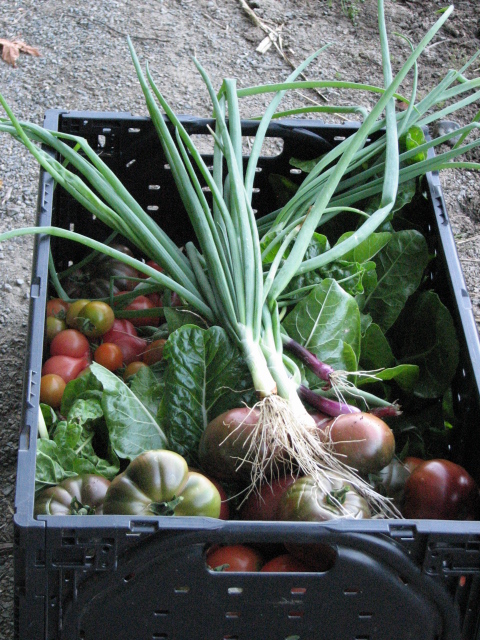
-
sites
- Blue Mountain Action Council
- City Fruit Seattle
- Clark County Food Bank
- Community Farm Connection
- Community Harvest in Leavenworth
- Community Services of Moses Lake
- Elk Run Farm
- Emergency Food Network
- Fish Food Bank
- Good Cheer Food Bank
- Hopelink Snoqualmie Valley
- Kitsap Public Health District
- National Site: Community Food Share CO
- National Site: Food for Others VA
- National Site: Society of St. Andrew FL
- National Site: Society of St. Andrew GA
- National Site: Society of St. Andrew MS
- Northeast Washington (NEW) Hunger Coalition
- Northwest Harvest
- Okanogan County Community Action Council
- Seattle Community Farm
- Seattle Lettuce Link
- Second Harvest Inland Northwest
- Second Harvest Tri-Cities
- Skagit County Community Action Agency
- Slow Food SW WA
- South King County Food Coalition
- Spokane Edible Tree Project
- Thurston County Food Bank
- Volunteers of America Western Washington
- WSU Extension Clallam County
- WSU Extension Jefferson County
- background
- produce recovery
- network
- resources
- View Map
